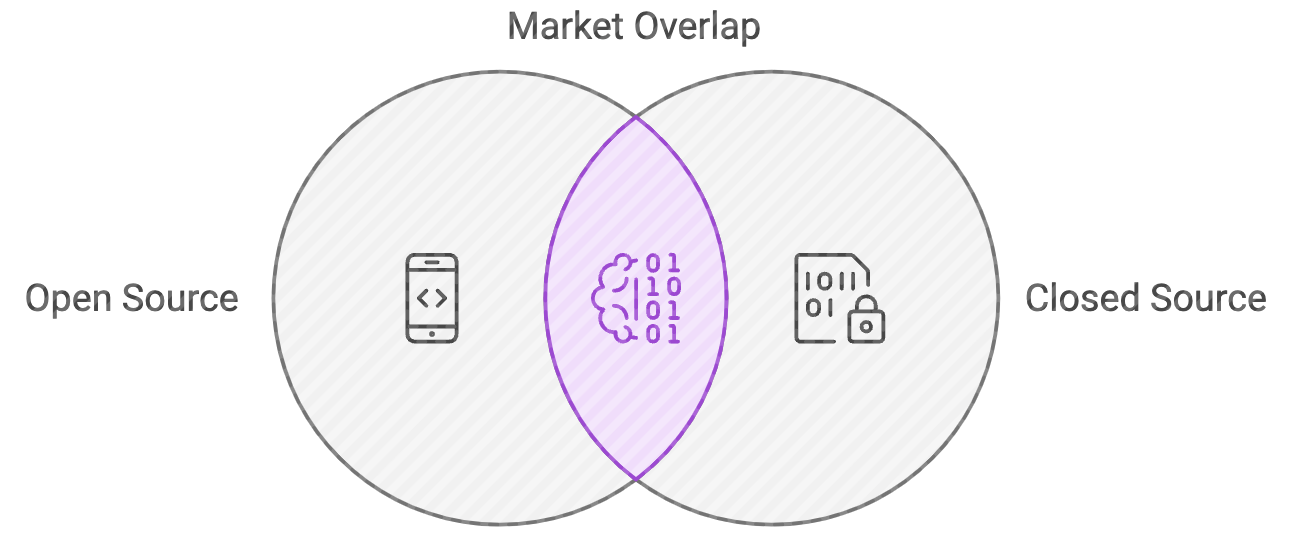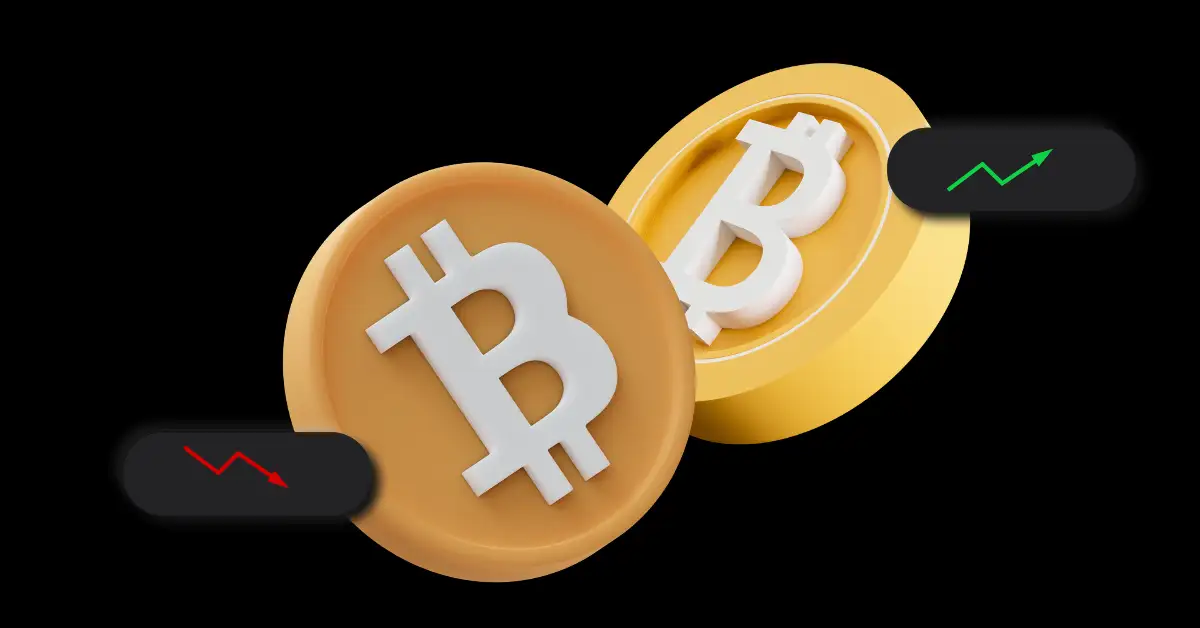HyperCycle Forks to Expand AI Network Growth, Announces Open Source and Closed Source Paths
Demand for HyperCycle has skyrocketed, surpassing the forecasts of the majority of industry analysts. Indeed, because to the network enablement that HyperCycle offers, the wide range of AI agents that are now available is growing significantly. The creators of HyperCycle have realized that, in light of the significant progress they have made, they may expand on the company’s enormous success so far in a number of ways, including by addressing the junction of the world’s extreme sets. In order to maximize the chances of success overall, they have chosen to pursue two future development strategies concurrently. This will encompass the union of those sets, which by definition covers the existing intersection and is hence an additive growth to the overall network.
What’s forking
Although many are aware that forking is a common occurrence in network contexts, it is uncommon when it is non-contentious and focuses on increasing the community’s advantages and the targeted markets rather than splitting. Although we see that some people call this fork branching, others call it growing, multiplying, or whatever label people choose, we should express our perspective. After all, the true AI internet may grow rather than divide.
We are lucky that this isn’t the case here, since most forks are controversial and ultimately result in the teams’ and the mission’s emphasis being divided. The HyperCycle team is still committed to two primary goals:
- The importance to users/clients
- The interest of the customers (node owners and operators, HyPC owners, partners, team members, etc.) and other stakeholders
Multiplying via divergence:
We must take unprecedented measures because we are living in an unprecedented era. Although the divergent teams in this fork are using various approaches, they are all working toward the same goal, which is to further enhance AI’s decentralization without requiring explicitly stating it in every move. This bifurcation is really an excellent example of how forks may be implemented while maintaining interoperability in the underlying technology. As a result, the teams will keep increasing the size of the pie so that many participants may share in their wealth production. Furthermore, the traditional business axiom that there are always losers when there are winners does not apply here, particularly in the field of artificial intelligence (AI), since the great majority of the market is brand-new territory that did not exist prior to the present and the near future as it is being developed. All assigned investors who own HyPC are receiving an airdrop of the recently forked token, which is most likely called METC; the remaining investors are merely receiving an airdrop.
HyperCycle.MetaCycle (or H.MetaCycle) and HyperCycle.HyperCycle (or H.HyperCycle) are the two names that will be used for the fork tines.- Here, we’ll call them H.M. and H.H. or H2 (Hsquared) for convenience.
PS: There will probably be a wide range of opinions and perspectives about the fork. Here, we outline the H2 team’s perspective. The core HyperCycle HyPC (H2) will continue to be maintained by the TODA team.
The whole HyperCycle community will be able to gain a great deal from this new extension without any restrictions thanks to the H.M tine, which will allow the SNet team to fully use their inventive and creative approach. While the TODA team continues to focus on what is known as an Open Network, which permits both closed and open source components as long as the network remains open and interoperable, this approach will specifically embrace the one extreme of Open Source Development on the SNet side with H.M., much like the current known internet is for humans, but this internet is for AI agents. We’ve seen successful divergences like this before, such when comparing Microsoft Windows to Ubuntu and Redhat Linux, or Apple iOS to Google Android, and so on, but this phenomena doesn’t have to be the first. Although these parallels aren’t quite relevant in this context, they convey the idea that both must coexist in order to benefit the earth as a whole, mostly because of interoperability. Communication between an iOS user and an Android user is simple.
HyperCycle is an infrastructure play and a real peer-to-peer secure network. As a result, it will keep filling the gap in order to meet the demands of all AI agents (including AI components) and will keep allowing all connected AI agents worldwide to connect safely and freely without relying on anybody, including themselves. The next generation of intelligent people must be given this kind of flexibility, which cannot be limited to a one-way approach. This impending milestone has us excited with anticipation.
For those of us who learn best visually, here are a few examples that show it as we now see it. Among the various polarities highlighted above, let’s consider open source and closed source, as the first diagram illustrates how only the junction is now covered by the two extremes in the globe. Therefore, only the market’s intersection is covered by the two groups (H.M. and H2) in the first Venn diagram.

Nonetheless, the second diagram below illustrates how HyperCycle makes it possible for everyone to participate in the internet of AI by addressing the union of the whole market. Therefore, as can be seen from the second Venn diagram, the two groups (H.M. and H2) cover the union rather than merely the intersection.

Among the distinctions between H.M. and H2 are the following:
Open Source / Closed Source:
- As long as any closed source component is made open source in the network nodes upon deployment, H2 supports allowing node owners and operators to embrace both closed source and open source components.
- H.M. is firmly committed to open source development, which implies that not only the delivery process but also all of the components and development methodology are open source.
Centralized / Decentralized networks:
- In addition to everyone in the centralized and decentralized worlds, H2 is committed to bringing together the Microsoft, Meta, and Google of the globe. The emphasis of H.M. is decentralized networks.
In-Out of Crypto / Pro Crypto
- According to H2’s “in and out of crypto”, ledger-based cryptocurrency assets like ERC20, ERC721, and ERC1155 are exclusively used for onboarding and offboarding the building of a network node generator (NodeFactory) and its constituent parts. This strategy successfully avoids speculative trading and concentrates on increasing the value of the core network by keeping assets only on the decentralized exchanges rather than the centralized ones.
- In order to continue facilitating speculative token trading, H.M. is fully open to implementing both centralized and decentralized exchanges.
Traditional Wealth Creation / Crypto Model:
- H2 insists on having no transaction costs and keeps expanding its revenue model to include B2B software sales, licensing, and royalties. Investors and adopters have been persuaded that this is a viable business model for the now and the future. Therefore, it differs from other cryptocurrency projects. It keeps optimizing its decentralization and network security.
- H.M. has no intention of licensing or selling software. Its business strategy is much more like to that of other tokens and currencies, such as ETH.
Disclaimer: The content of this article solely reflects the author's opinion and does not represent the platform in any capacity. This article is not intended to serve as a reference for making investment decisions.
You may also like
Synthetix Aims To Fix Staking And Revive The Stablecoin
Cardano (ADA) Clears All Losses as Price Skyrockets 46% in 7 Days

Story Protocol Partners With Oxford University To Improve AI Agent Communication
Textbook rollercoaster market, $300 billion disappears in a flash
